Overview
Data streaming has emerged as a critical component of modern data architectures, enabling organizations to process and analyze information in real-time. This comprehensive guide explores the fundamentals of data streaming, its key applications, and the best practices for implementing effective streaming solutions.
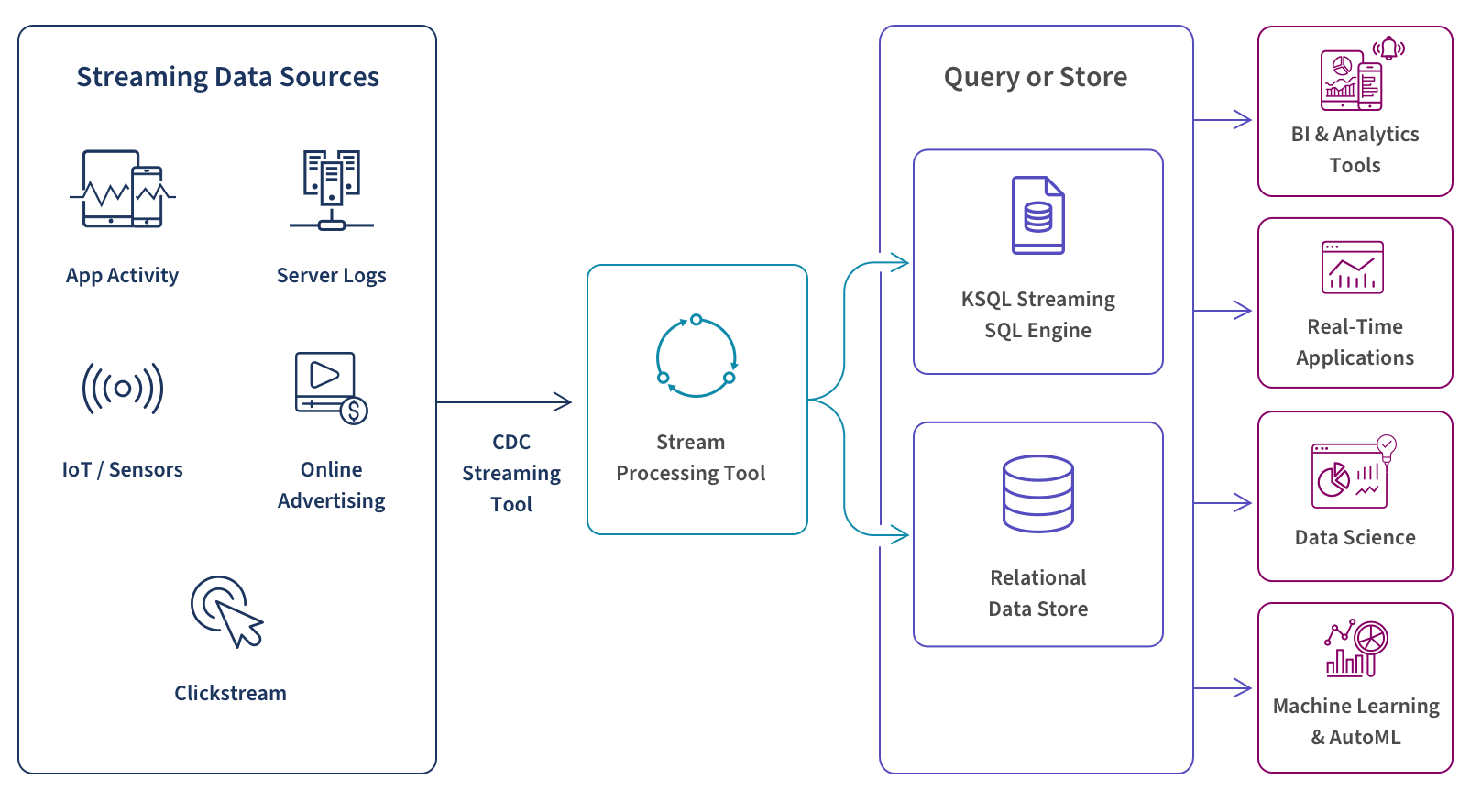
Understanding Data Streaming
Data streaming is the continuous flow of data elements ordered in a sequence, which is processed in real-time or near-real-time to gather valuable insights. Unlike traditional batch processing, streaming data applications process information instantly as it arrives, providing insights on demand and enabling immediate action based on the most current data available.
At its core, data streaming refers to the continuous transfer of data at high velocity, enabling real-time processing across various systems. This approach represents a fundamental shift from the traditional batch processing paradigm, where data is collected and analyzed in large chunks at predetermined intervals.
Key Concepts in Data Streaming
Event-Driven Architecture
Data streaming is built upon an event-driven architecture, where an event represents something that happened in the world - such as a payment transaction, website click, or sensor reading. Events can be organized into streams, essentially a series of events ordered by time, which can then be shared with various systems for real-time processing[9].
Producer-Broker-Consumer Model
The data streaming ecosystem typically involves three key components:
Producers : Client applications that generate and publish events to the streaming platform
Brokers : Software components that handle communication between producers and consumers, managing the storage and delivery of events
Consumers : Applications that subscribe to and process the events from the streaming platform[9]
Streaming vs. Batch Processing
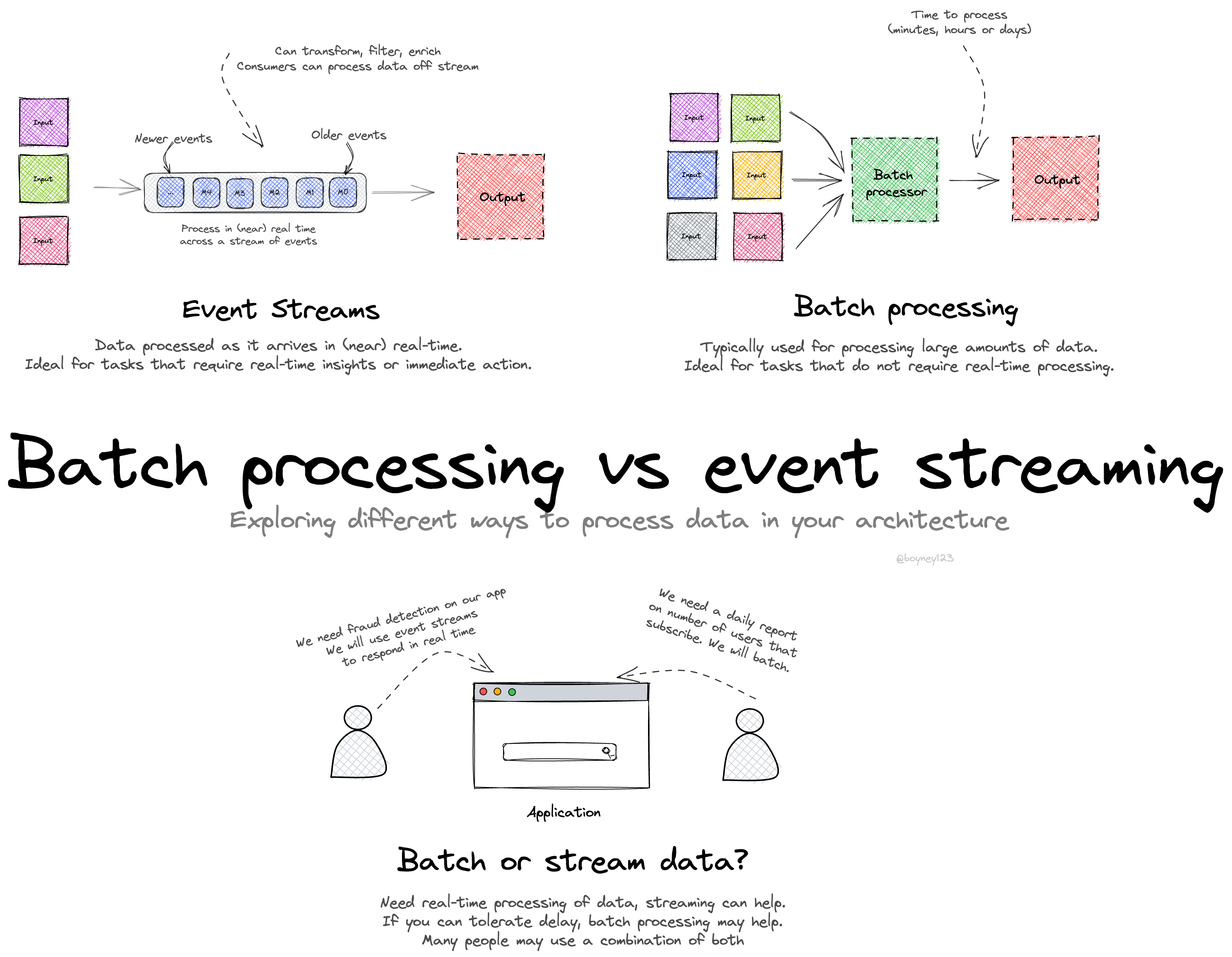
The fundamental difference between streaming and batch processing lies in how data is handled:
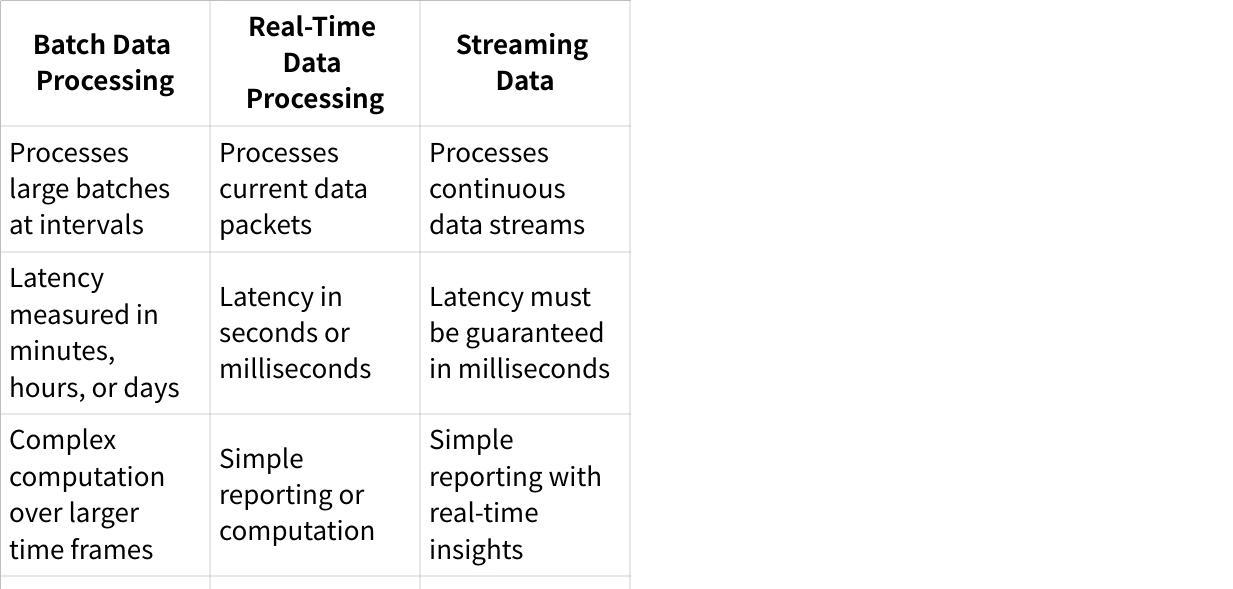
Stream Processing
Stream processing refers to the continuous computation performed on data immediately as it arrives. This paradigm enables organizations to analyze and respond to events as they occur, rather than waiting for data to accumulate for batch processing.
Use Cases for Data Streaming
The ability to process and analyze data in real-time opens up numerous applications across various industries:
Financial Services
Financial systems generate streams of transaction logs, capturing every detail of account activities, trades, and transfers. Real-time processing of this data is crucial for detecting fraud, ensuring compliance, and managing risk. Financial trading floors heavily rely on the speed and responsiveness of real-time data streaming technology, which enables traders to swiftly react to market conditions and seize opportunities as they emerge[2][15].
Weather and Environmental Monitoring
Weather stations continuously generate data on temperature, humidity, and other atmospheric conditions. This streaming data powers real-time weather forecasting, enabling accurate and timely predictions. Environmental sensors send data about pollution levels, soil moisture, and wildlife activity to support conservation efforts and resource management[2].
Industrial IoT and Sensor Data
Sensors embedded in infrastructure, machinery, or vehicles generate continuous data streams that provide insights into operational efficiency, maintenance needs, and status monitoring. Industries such as manufacturing and transportation rely heavily on sensor data to optimize performance and prevent equipment failure[2].
Media Streaming
Real-time media streaming enables on-demand content access from anywhere, allowing broadcasters to reach larger audiences by providing high-quality audio/video streams with minimal latency[15].
eCommerce and Retail
Many eCommerce platforms have integrated real-time streaming technology to swiftly complete purchases and provide personalized recommendations based on current shopping behavior. This improves customer experience while driving additional sales through contextual suggestions[15].
Credit Card Fraud Detection
Stream processing allows financial institutions to continuously monitor transactions and detect suspicious activities immediately, rather than analyzing patterns after transactions have already been processed. This real-time approach significantly improves fraud prevention capabilities[15].
Geospatial Services
Navigation systems and mapping applications leverage streaming data to update location information in real-time, providing users with current position data and enabling services like ride-sharing platforms to match drivers and passengers efficiently[15].
Popular Data Streaming Technologies
Several powerful technologies have emerged to support data streaming applications:
Apache Kafka
Apache Kafka is a robust open-source stream processing platform that receives, stores, and delivers data in real-time. Initially designed as a messaging queue, it now handles data streams for trillions of events daily and is trusted by more than 80% of Fortune 100 companies[11].
AutoMQ
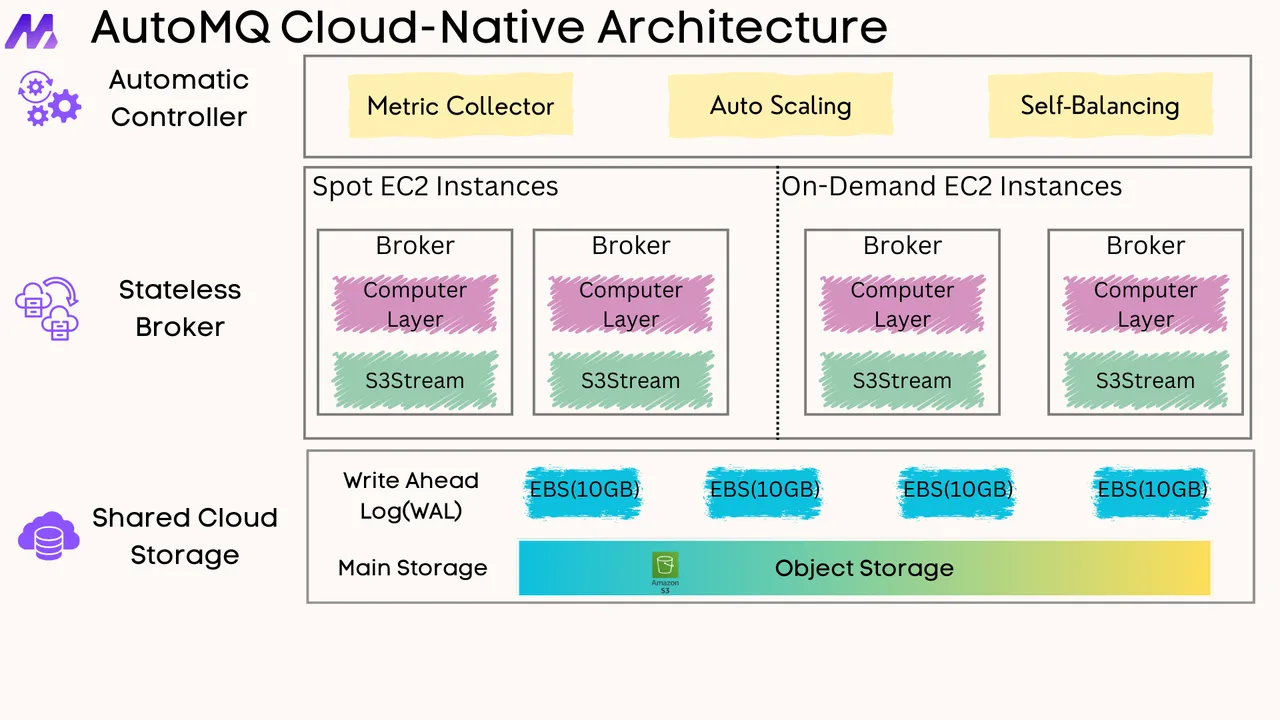
AutoMQ. AutoMQ is a cloud-native alternative to Kafka by decoupling durability to S3 and EBS. 10x Cost-Effective. No Cross-AZ Traffic Cost. Autoscale in seconds. Single-digit ms latency. AutoMQ now is source code available on github. Big Companies Worldwide are Using AutoMQ. Check the following case studies to learn more:
Grab: Driving Efficiency with AutoMQ in DataStreaming Platform
Palmpay Uses AutoMQ to Replace Kafka, Optimizing Costs by 50%+
How Asia's Quora Zhihu uses AutoMQ to reduce Kafka cost and maintenance complexity
XPENG Motors Reduces Costs by 50%+ by Replacing Kafka with AutoMQ
Asia's GOAT, Poizon uses AutoMQ Kafka to build observability platform for massive data(30 GB/s)
AutoMQ Helps CaoCao Mobility Address Kafka Scalability During Holidays
Apache Spark Streaming
Apache Spark offers stream processing capabilities through its Spark Streaming module, enabling the processing of data from various sources like Kafka in real-time. It outpaces most platforms for complex event processing at high speeds[11].
Apache Flink
Apache Flink is an open-source streaming data analytics platform specifically designed to process both unbounded and bounded data streams. It fetches, analyzes, and distributes streaming data across numerous nodes while facilitating stateful stream processing applications at any scale[11].
Redpanda
Redpanda offers a Kafka-compatible solution as a single binary with no dependencies on Java or other external libraries. It provides a complete streaming data platform with built-in developer tools and an ecosystem of connectors that's easy to integrate and secure to run in any environment[6][9].
Confluent
Built by the original creators of Apache Kafka, Confluent delivers a central nervous system for organizations with uninterrupted, contextual, trustworthy, and event-driven data flow. It provides a fully managed, multi-cloud data streaming platform that easily connects to over 120 data sources[4][18].
Conduktor
Conduktor allows enterprises to scale their streaming data infrastructure without getting bogged down in manual security and compliance processes. It offers data management capabilities on Kafka, including advanced data encryption, user access management, and self-service automation[5].
Best Practices for Data Streaming
Implementing effective data streaming requires careful planning and adherence to best practices:
Architecture Design
Take a Streaming-First Approach : Design your data architecture with streaming as the primary paradigm, where all new sources of data enter through streams rather than batch processes. This makes it easier to capture changes faster and integrate them into existing systems more quickly[3].
Design for Scalability : Build systems capable of handling increasing data volumes while maintaining low latency. This involves leveraging distributed processing, efficient data partitioning, and load balancing to ensure performance at scale[2].
Implement Fault Tolerance : Ensure your data streaming system never has a single point of failure by implementing redundancy and automatic failover mechanisms. This guarantees continued operation even when components fail[3].
Data Management
Ensure Data Quality : Maintain data quality and consistency in real-time streams by implementing validation, cleansing, and consistency checks during ingestion and processing. High-quality data ensures reliable analytics and decision-making[2].
Adopt Change Data Capture (CDC) : Capture and transfer only changed or new records from databases with minimal overhead, reducing the volume of data that needs to be processed[3].
Choose Appropriate Data Formats and Schemas : Select the right tools to process time-series data since different data types must be formatted correctly. The right storage schema ensures applications handle different data types and scale efficiently[3].
Performance Optimization
Optimize Data Processing : Fine-tune data ingestion pipelines to reduce latency and increase throughput. Techniques such as in-memory processing, parallel processing, and efficient serialization can significantly improve processing speed[2].
Address Latency Concerns : In data streaming, low latency is essential. If processing takes too long, streaming data can quickly become irrelevant. Minimize latency by ensuring data is processed quickly and reaches its destination promptly[3].
Plan for Memory and Processing Requirements : Ensure sufficient memory to store continuously arriving data and adequate processing power for real-time data processing. This might require CPUs with more processing capability than systems handling batch processing tasks[3].
Security and Governance
Implement Robust Security Measures : Secure real-time data processing systems with mechanisms to prevent unauthorized access or manipulation of sensitive data. This includes authentication, authorization protocols, and encryption for data in transit and at rest[3].
Emphasize Compliance : Implement controls to ensure data handling complies with relevant regulations and organizational policies, particularly when dealing with sensitive information[5].
Operational Excellence
Implement Proper Error Handling : Develop strategies for error detection, automatic retries, and failover support to ensure continuous operation and minimize downtime[2].
Monitor Streaming Pipelines : Track key metrics such as throughput, latency, and resource utilization to identify potential issues, optimize resource allocation, and fine-tune configurations for optimal performance[2].
Establish Disaster Recovery Procedures : Implement robust backup and recovery strategies to protect against data loss and ensure business continuity, including replicating data across different availability zones or regions[2].
Conclusion
Data streaming represents a fundamental shift in how organizations process and analyze information, enabling real-time insights and immediate action. By understanding the concepts, technologies, and best practices outlined in this guide, businesses can harness the power of streaming data to drive innovation, improve customer experiences, and gain competitive advantages.
As technologies continue to evolve, data streaming will become increasingly central to modern data architectures, supporting everything from real-time analytics and fraud detection to personalized customer experiences and operational optimization. Organizations that successfully implement streaming solutions will be well-positioned to thrive in an increasingly data-driven world where the ability to act on information quickly often determines success.
References
Data Streaming: 5 Key Characteristics, Use Cases and Best Practices
6 Best Practices for Real-time Data Movement and Stream Processing
Redpanda Acquires Benthos to Deliver a Complete End-to-End Streaming Data Platform
Best Practices for Efficient Data Streaming in Big Data Applications
Four Predictions Shaping the Future of Data Streaming in 2025





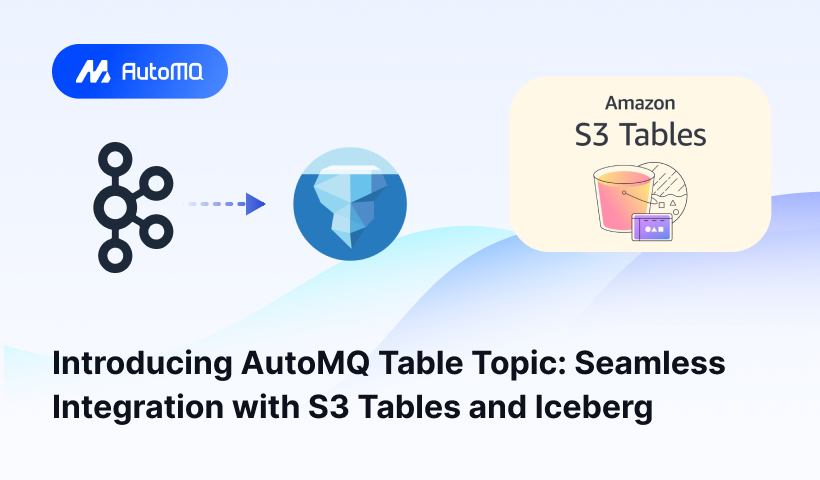





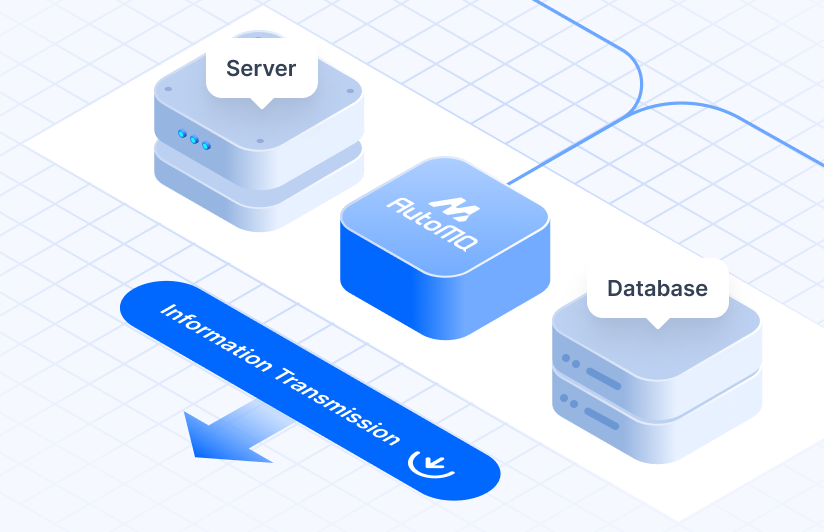



.png)






